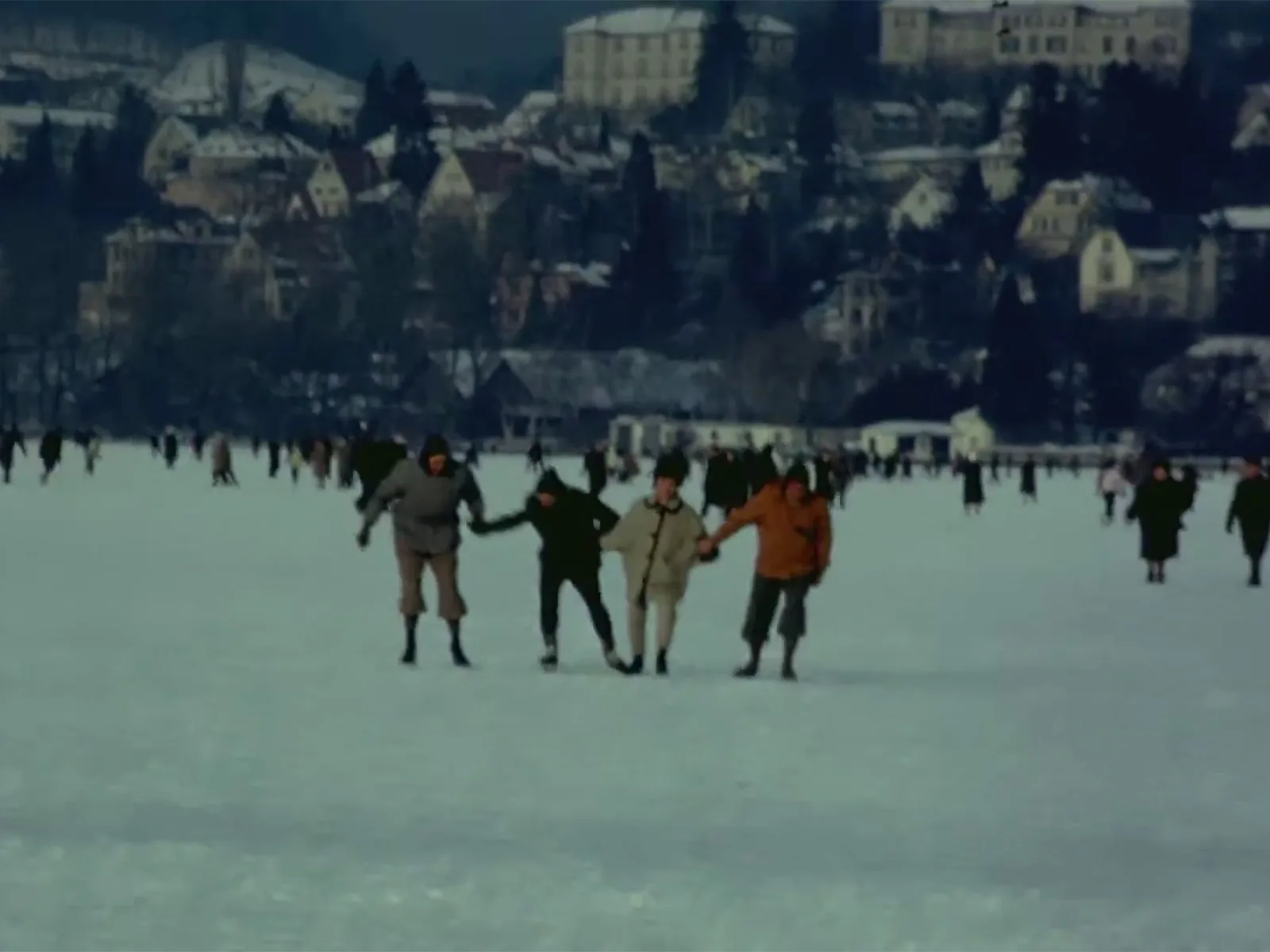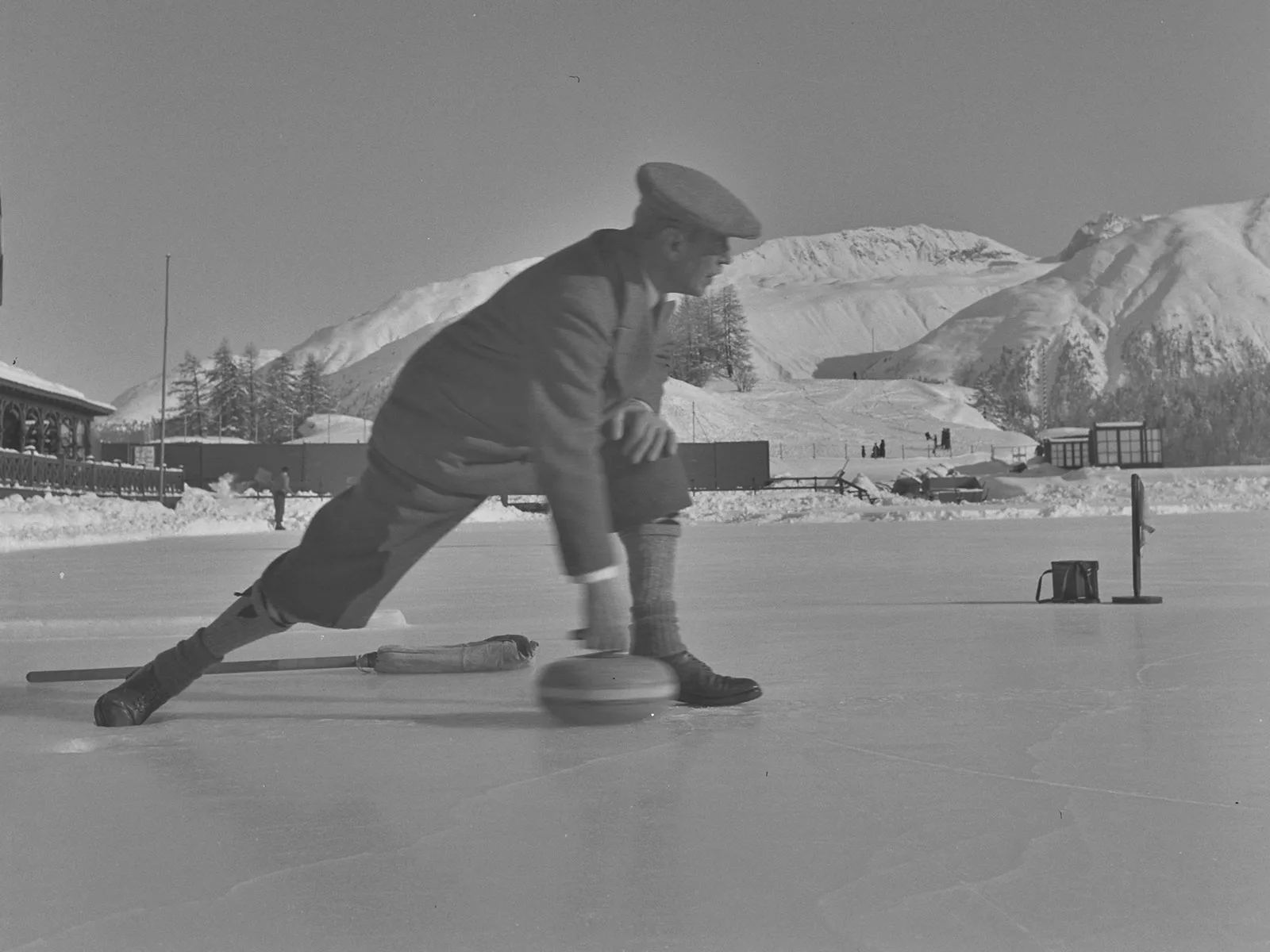
From snob sport to bob sport
It’s no accident who goes in for what sport in a particular era. The example of bobsleighing demonstrates this very well.
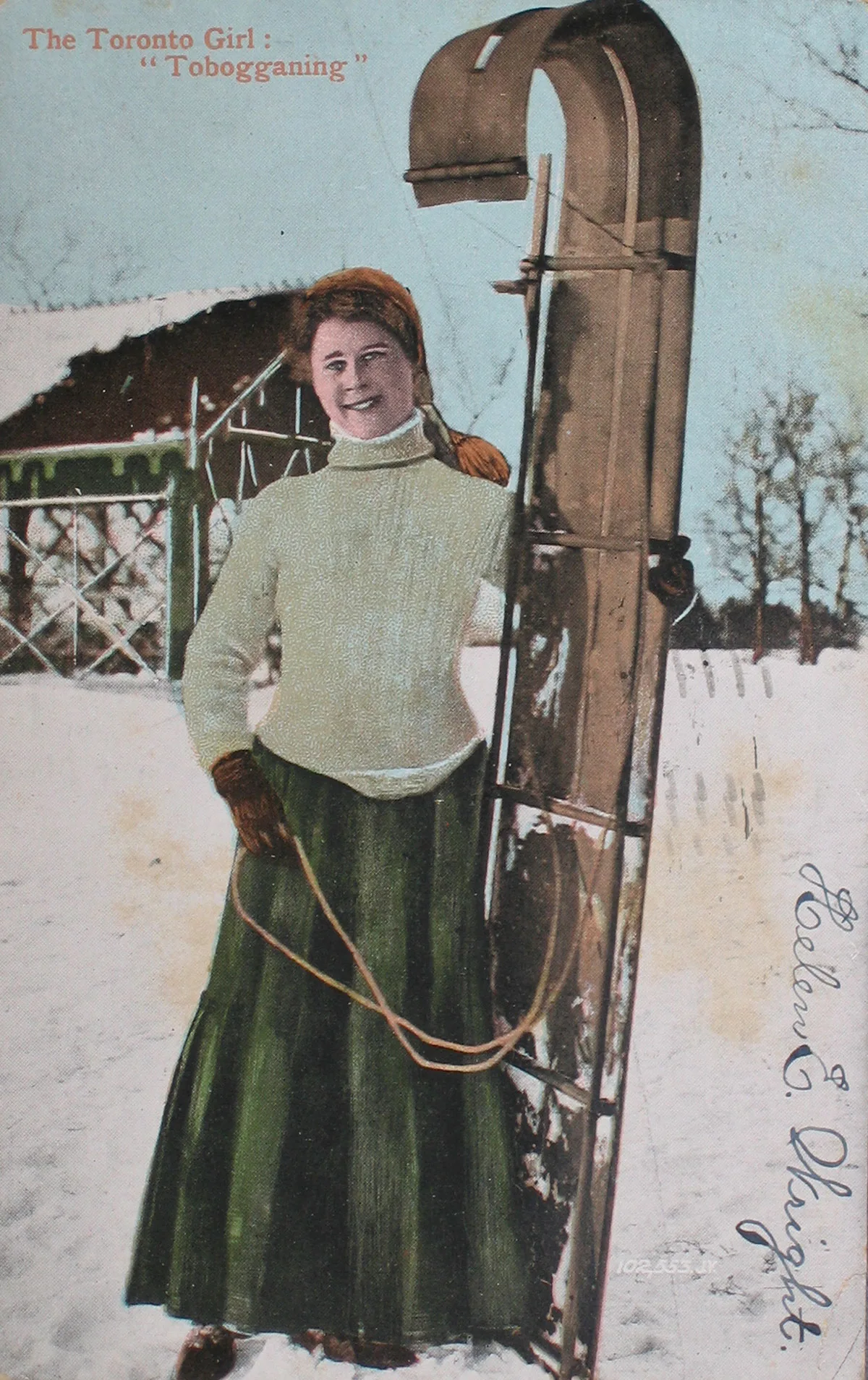
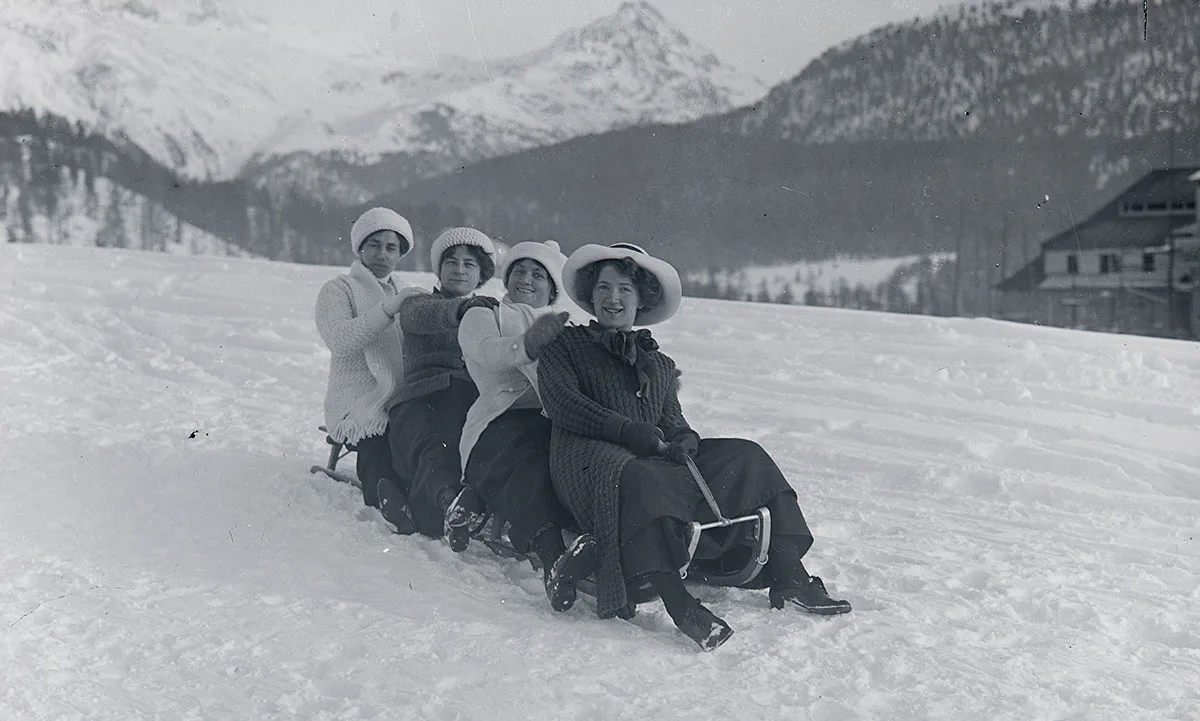
What is true ice sleighing?
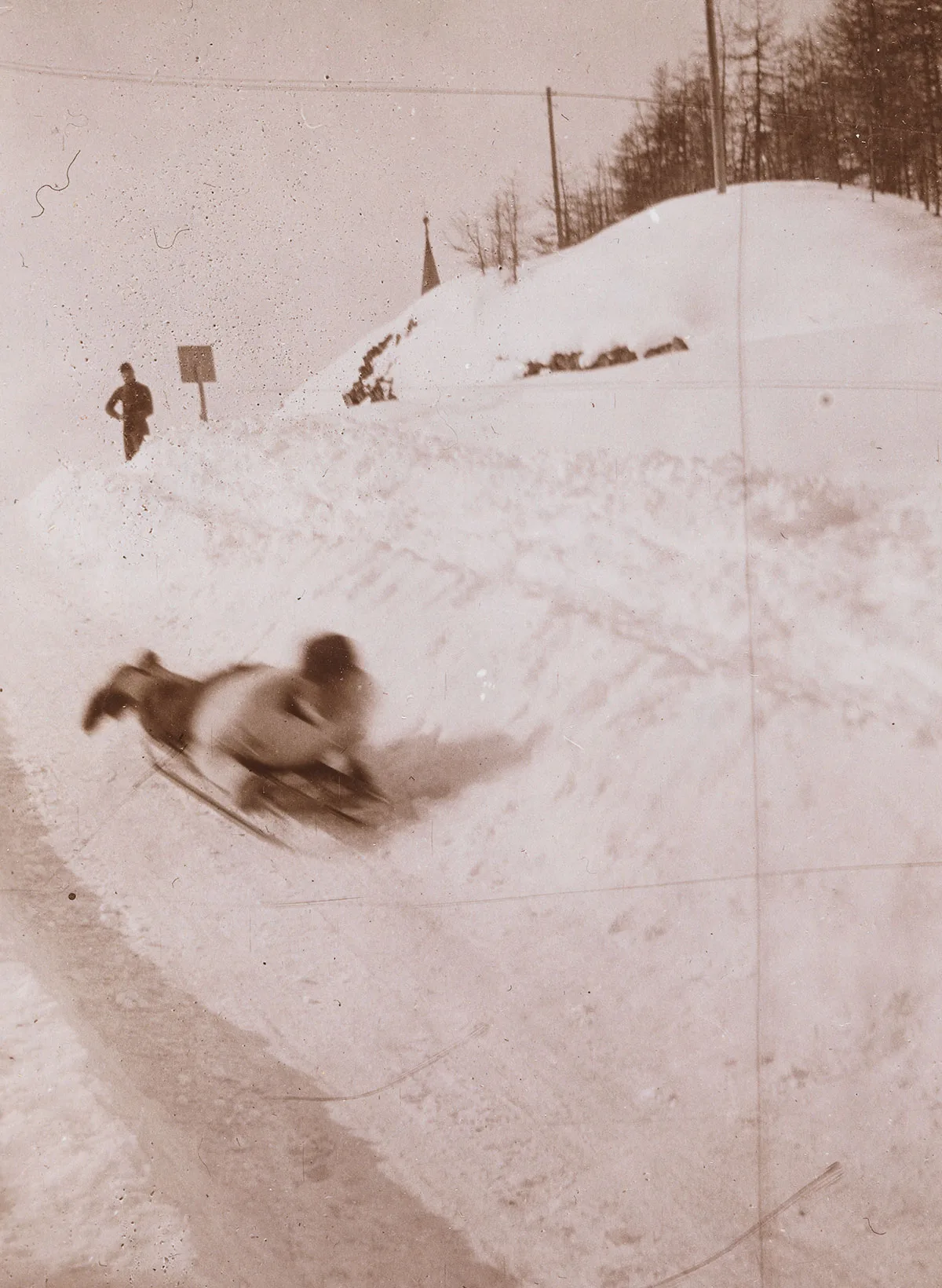
Sport, parties and celebrities
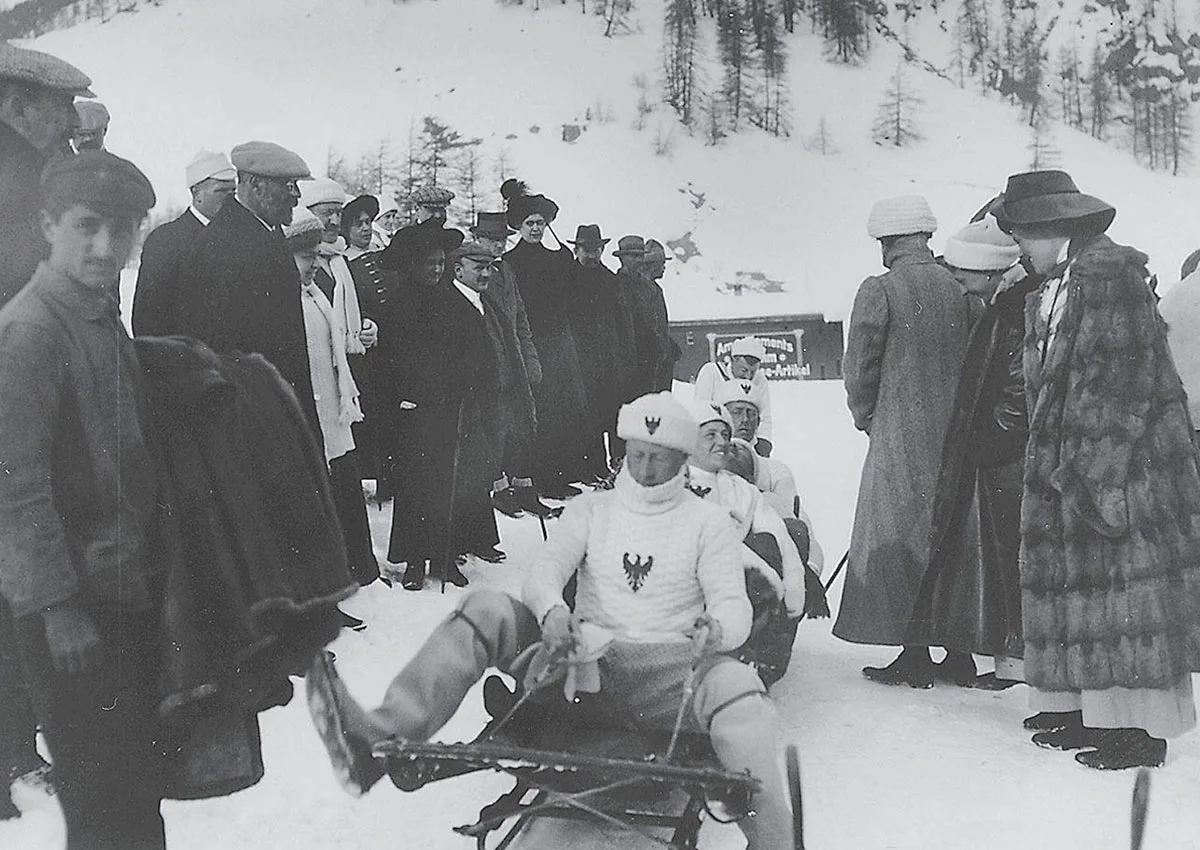
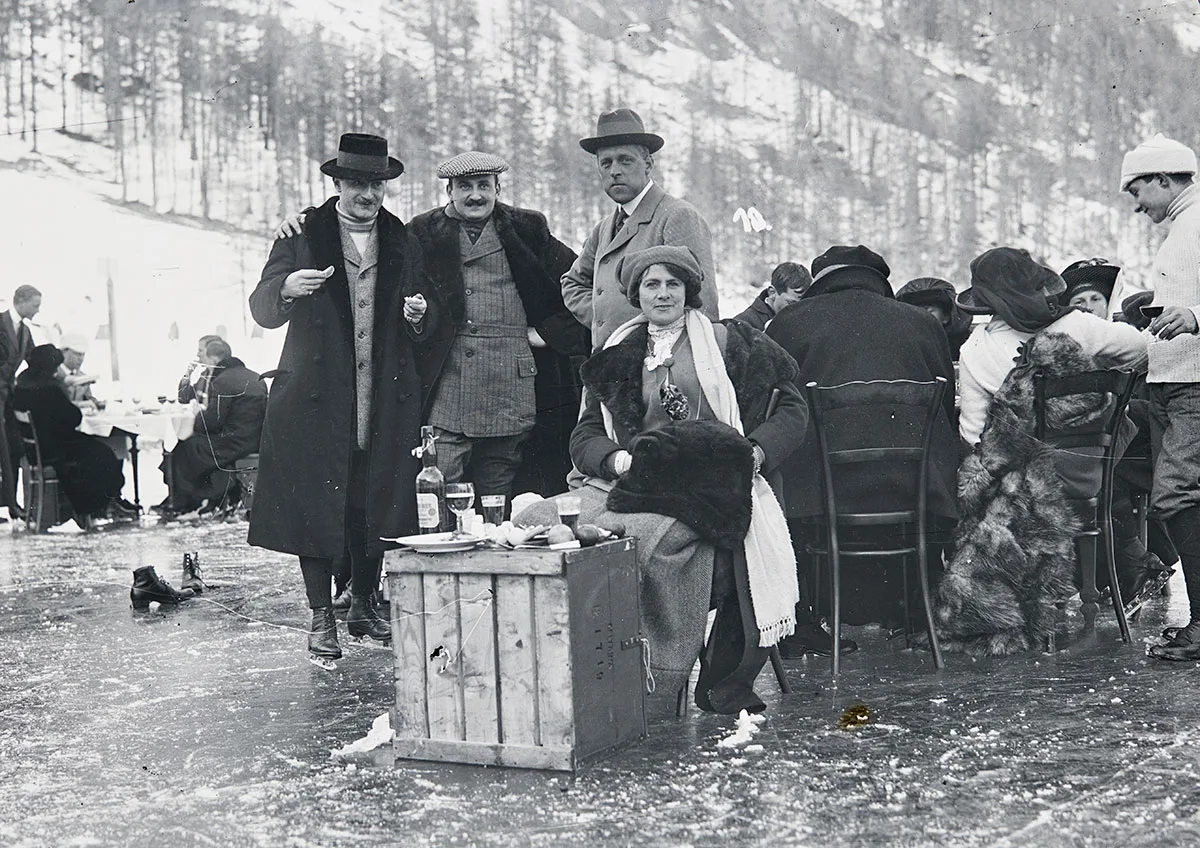
Bobsleigh race in St Moritz, 1927. YouTube / British Pathé

Were the women too fast?
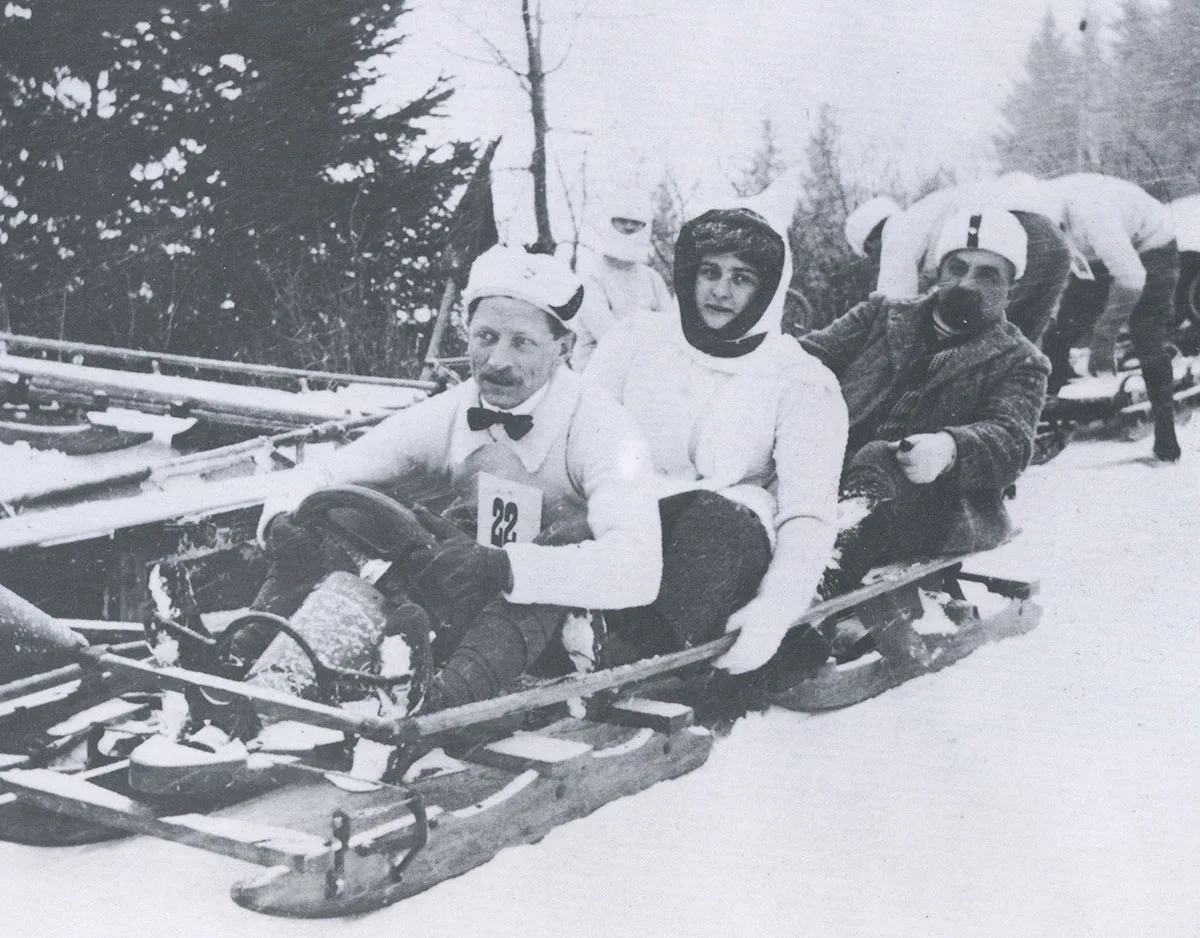
Burdet and Sutter in a World Cup race during the 1998/99 season. YouTube
Swiss Sports History

This text was produced in collaboration with Swiss Sports History, the portal for the history of sports in Switzerland. The portal focuses on education in schools and information for the media, researchers and the general public. Find out more at sportshistory.ch


